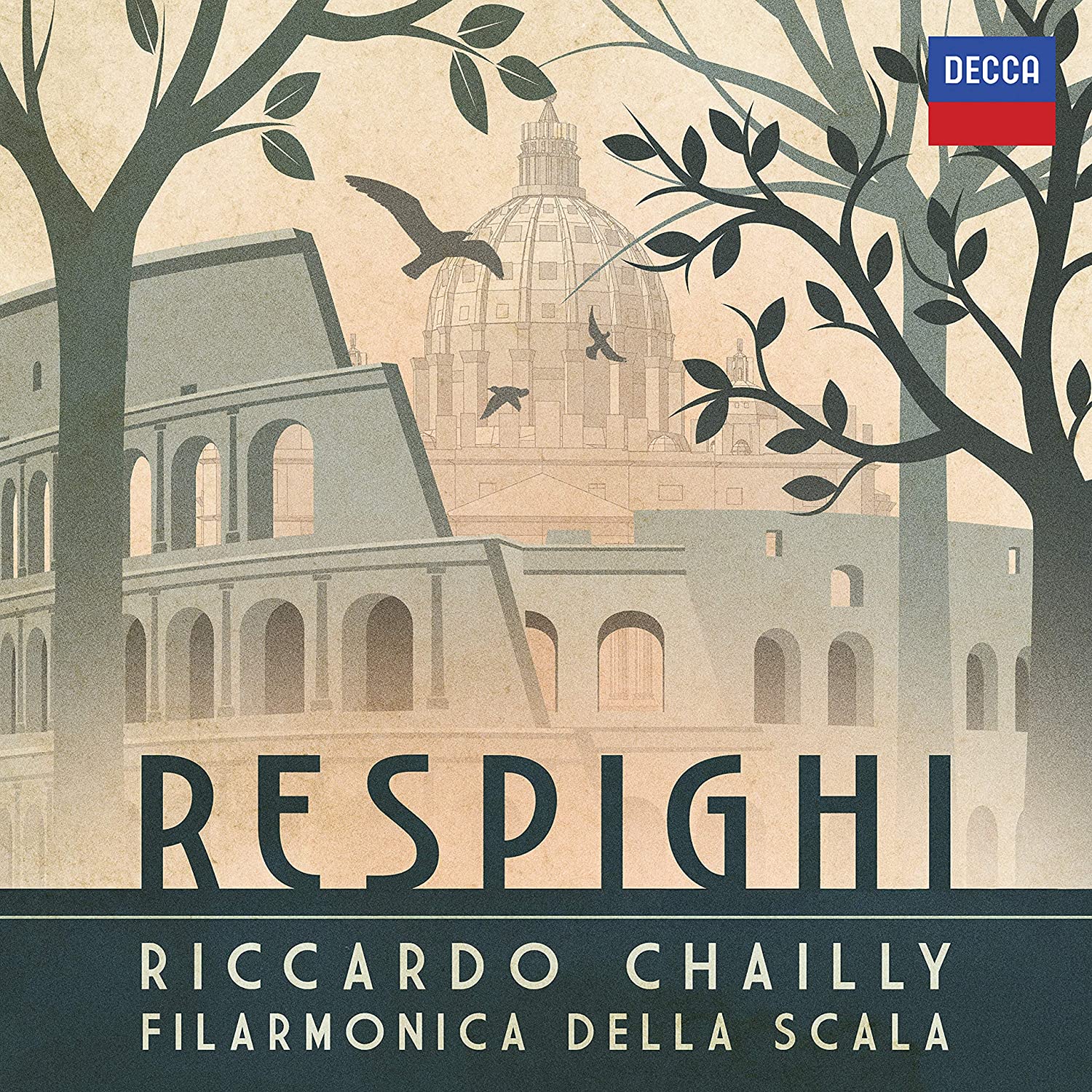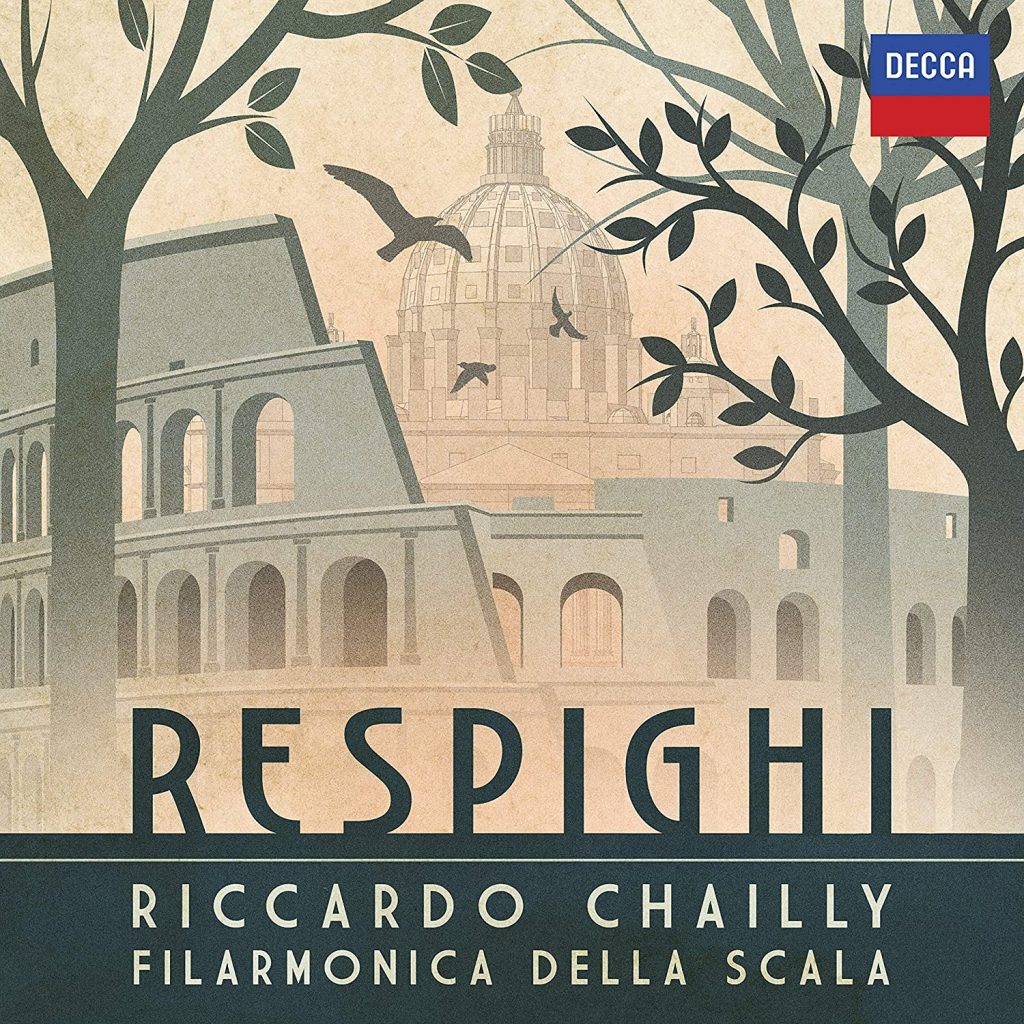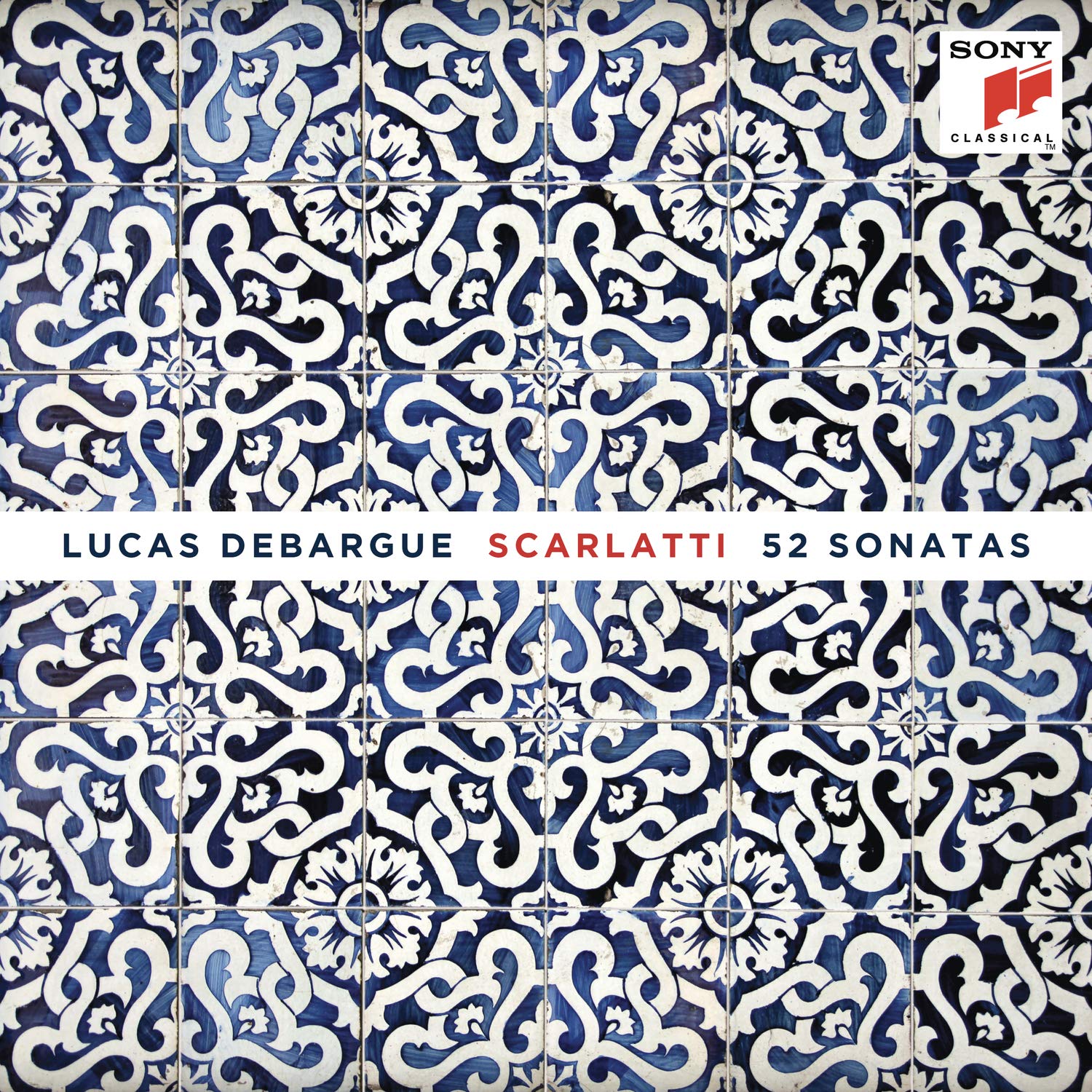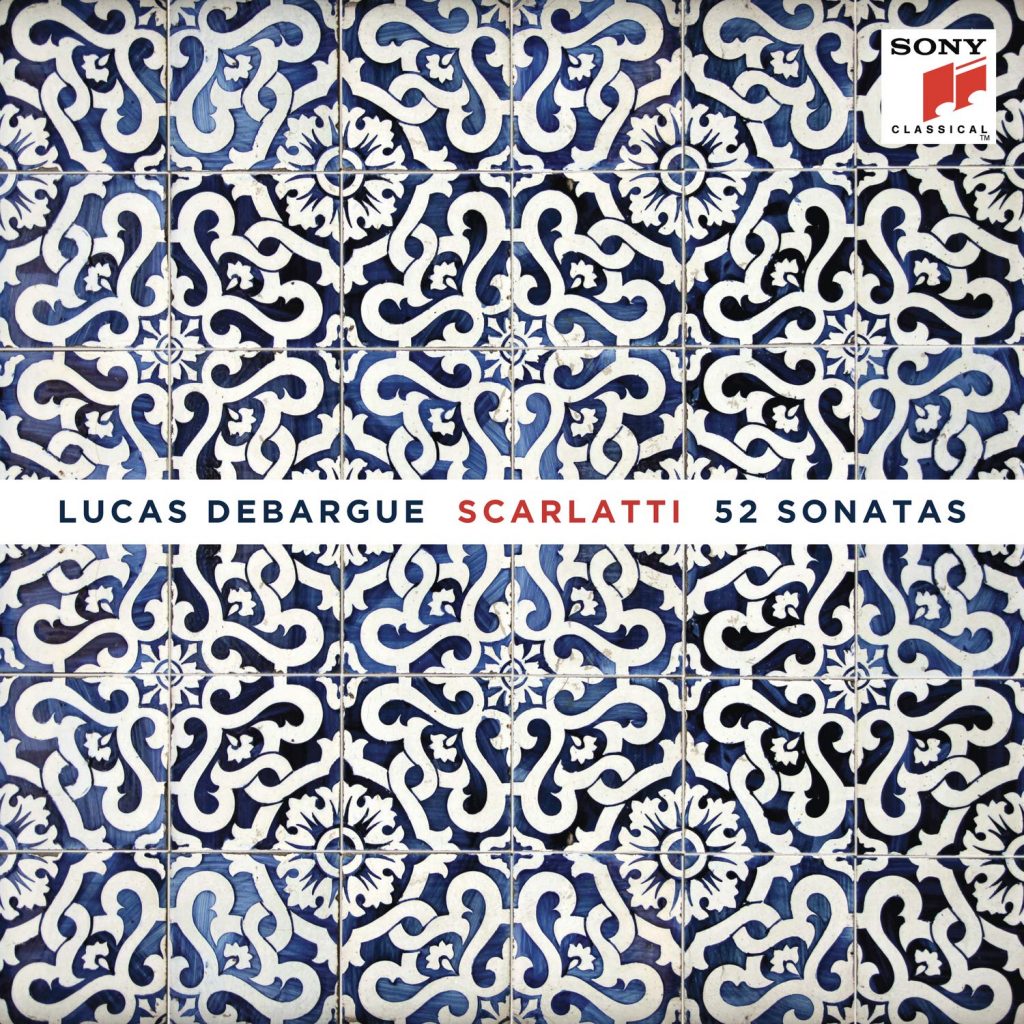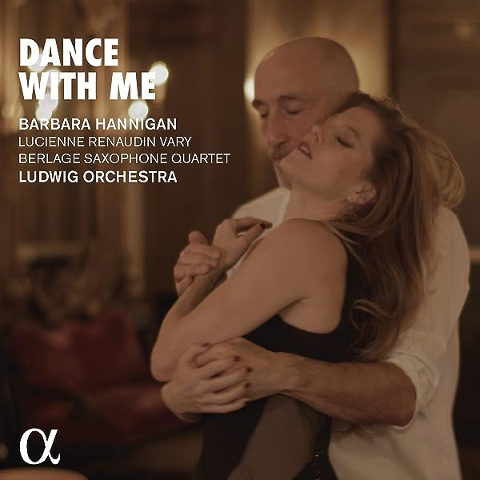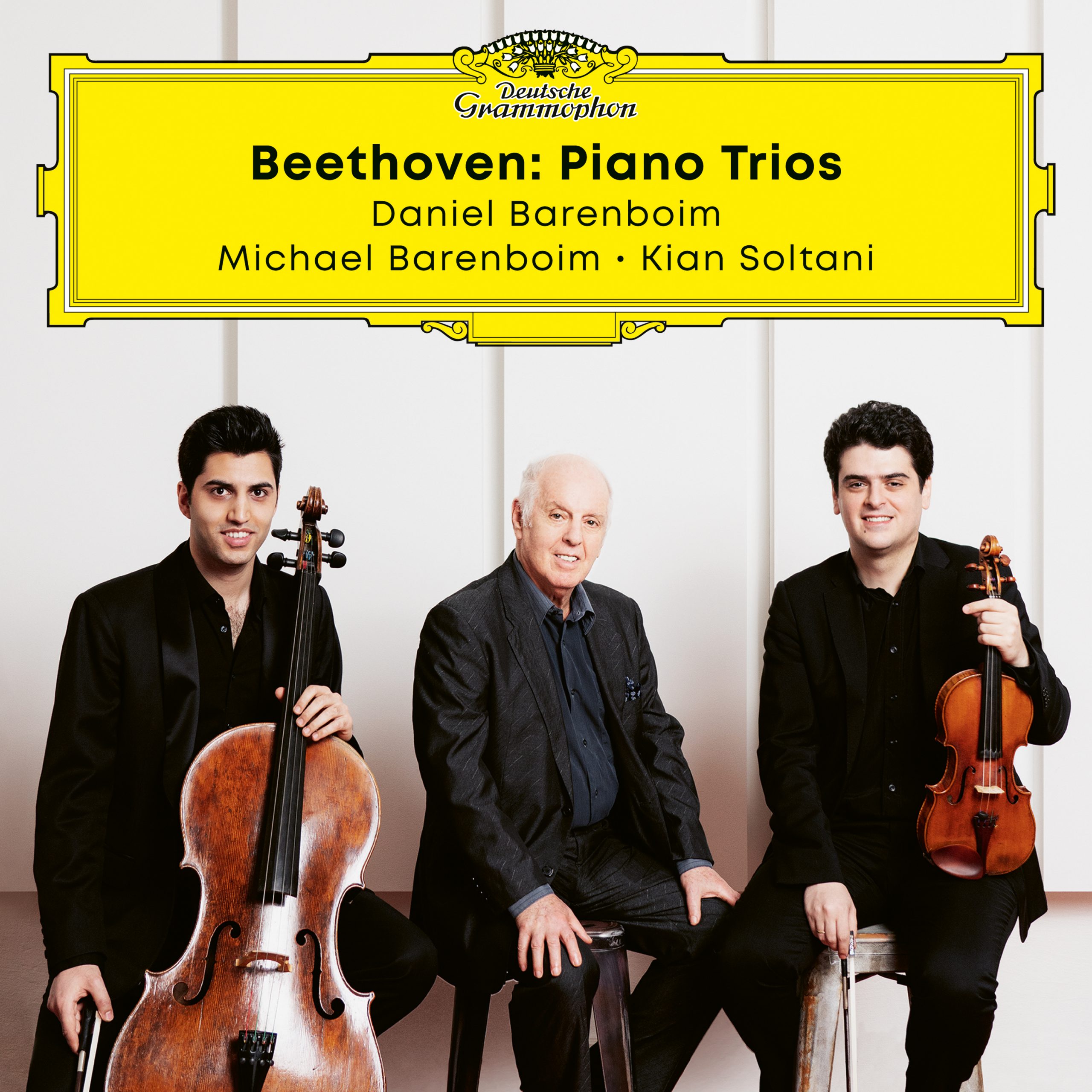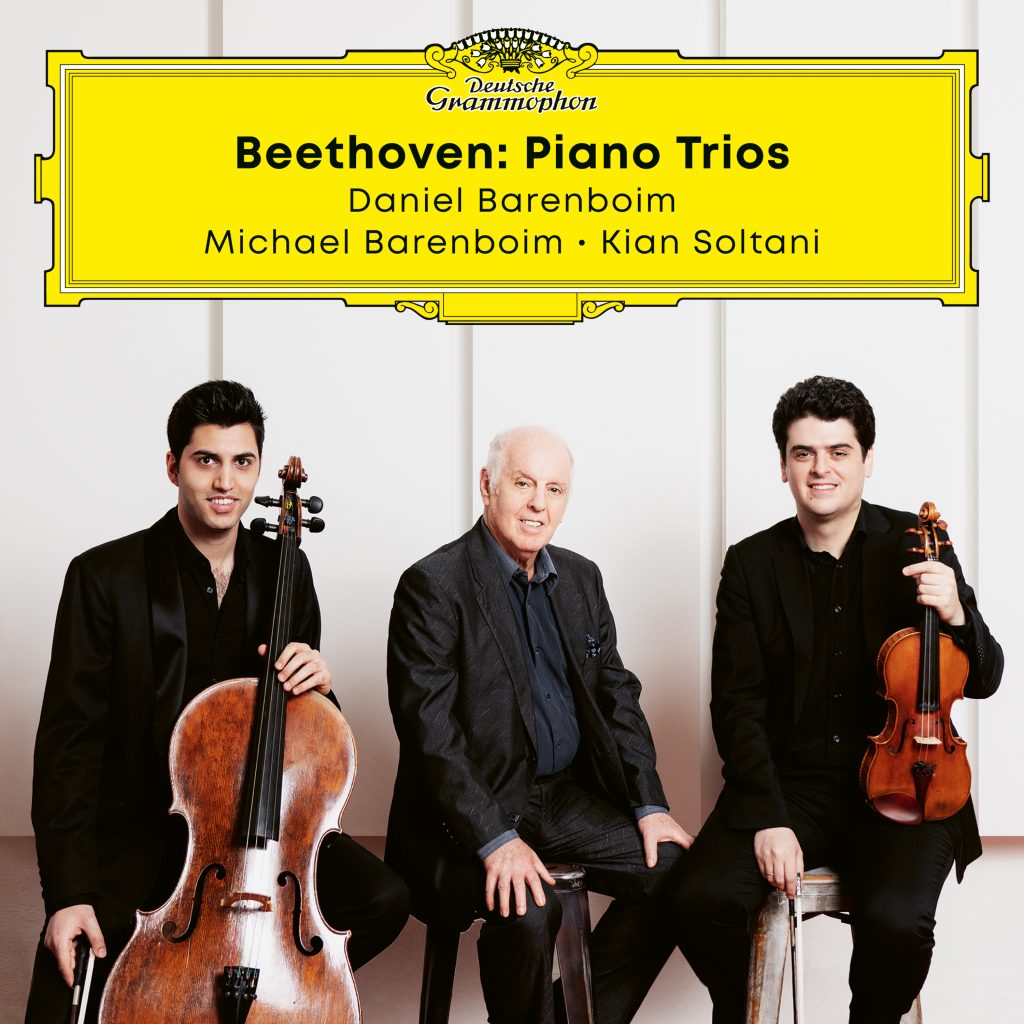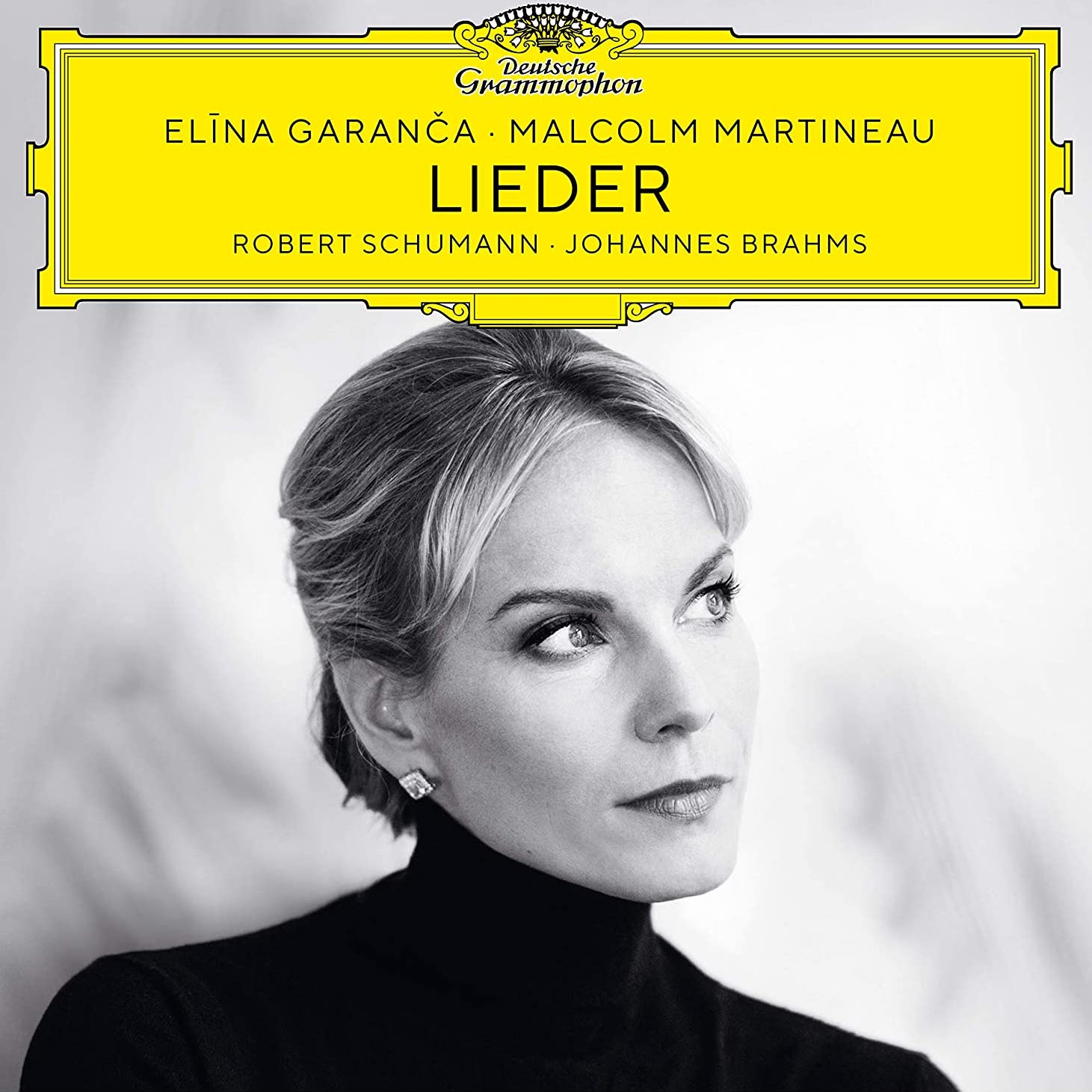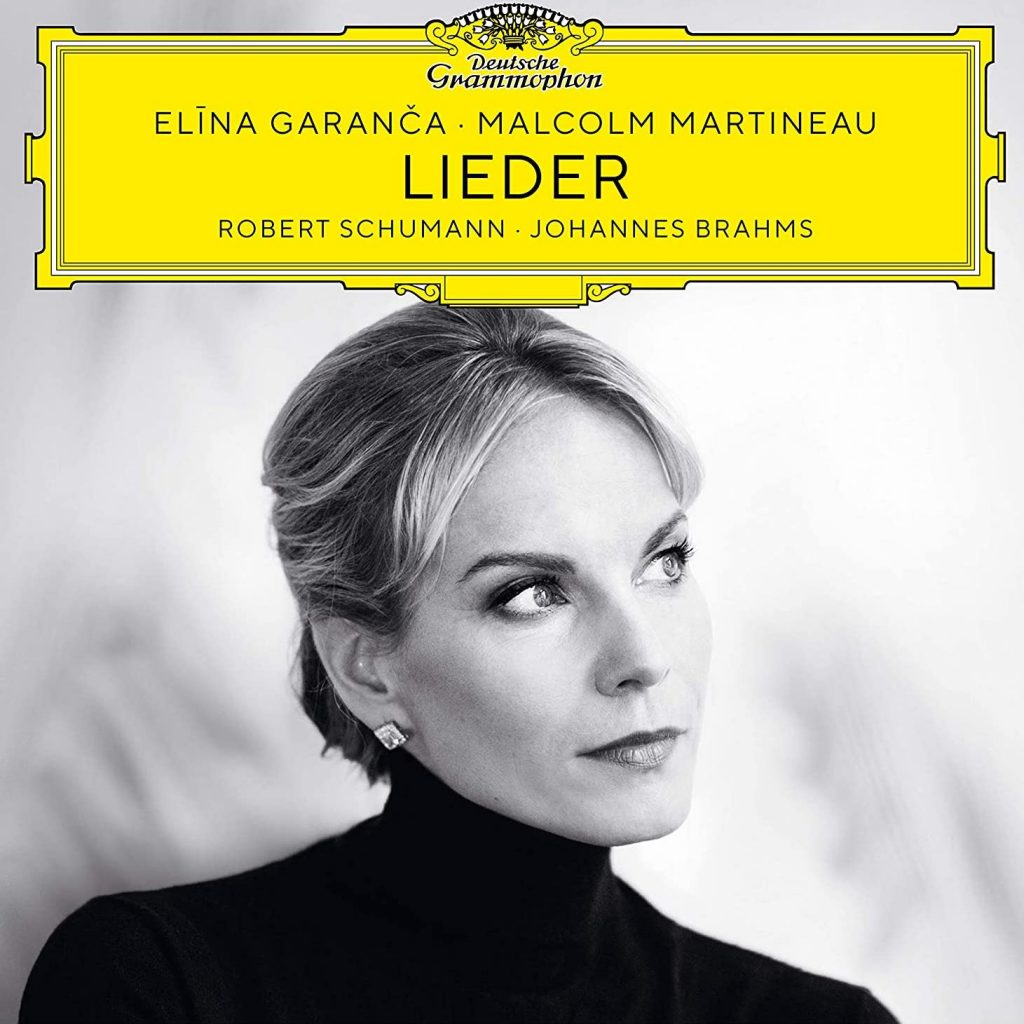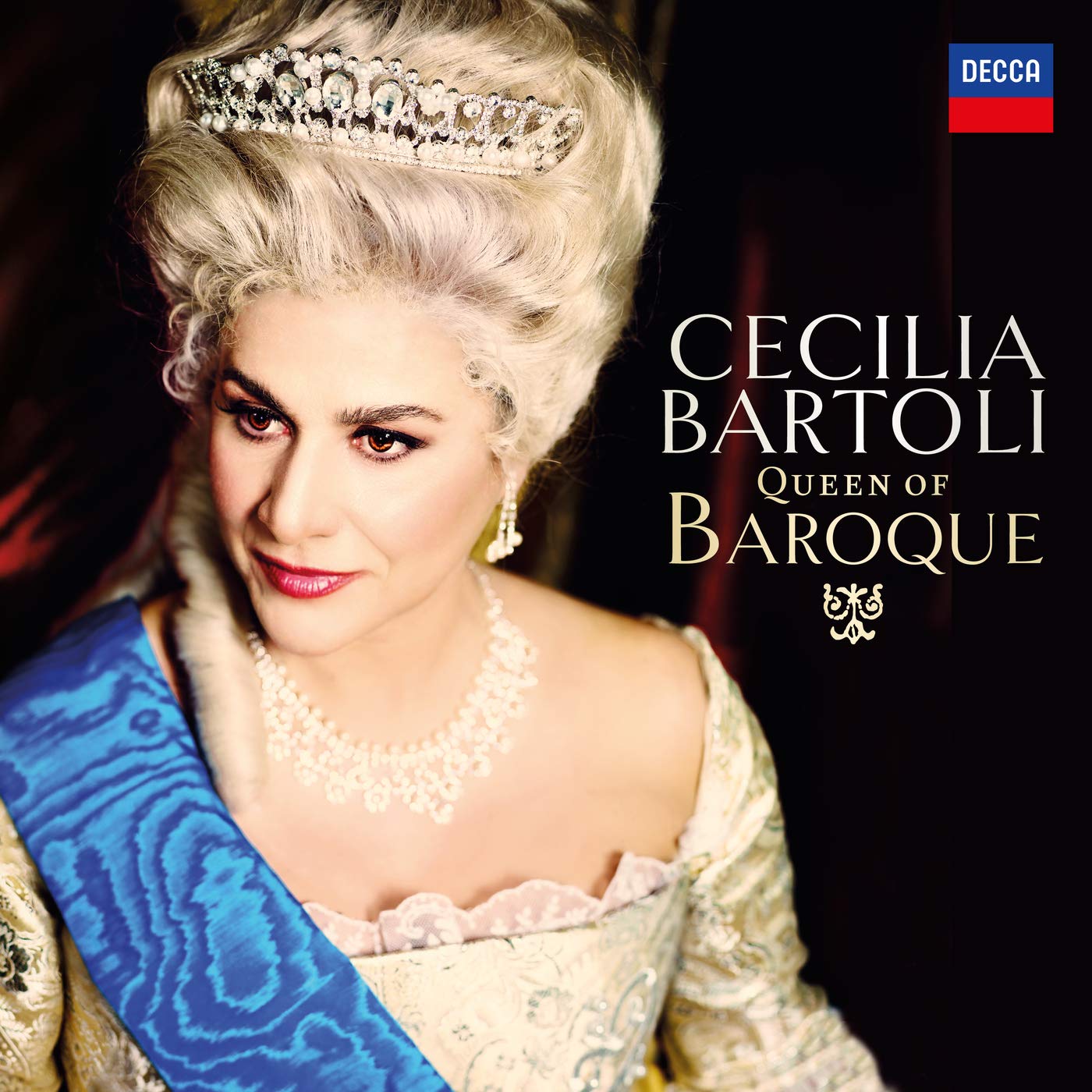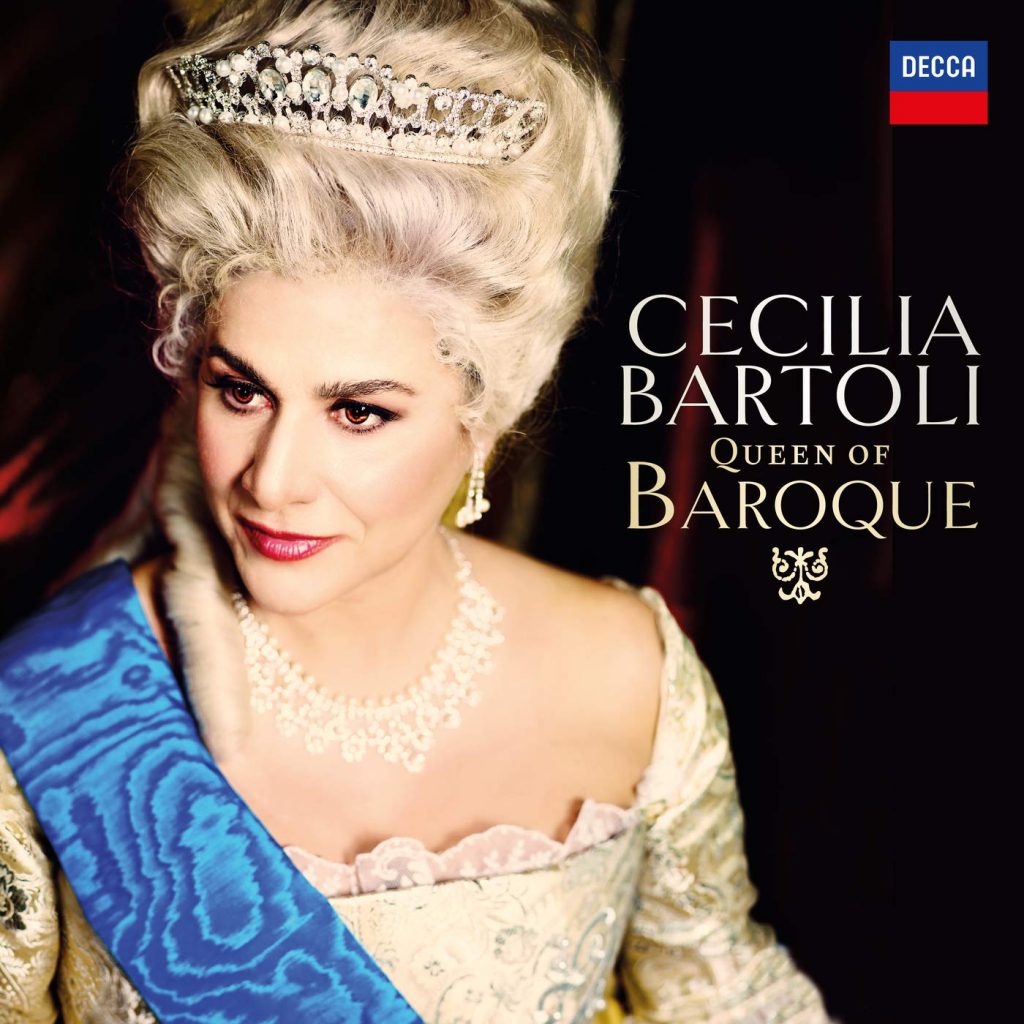The Berlin Recital
November 2021
If there’s one single quality that everybody agrees about Yuja Wang is that she never leaves nobody indifferent: neither her loyal fans nor her most fierce detractors. And the pianist just made it clear again with this neat recording, recorded by Deutsche Grammophon during a recital held at the Philharmonie in Berlin. The German capital and its varied, lively and open spirit concert hall seem to be very significant and not chosen at random; it’s just representing Yuja’s artistic image and ability.
The challenging repertoire has also been selected to reveal Yuja’s unarguable natural gift for dealing with works of such caliber. Her expressive musicality, her sophisticated techniques and her prodigious memory are fully given at the service of the music. The the stylistic intentions of the pianist in this recital are certainly declare by the martial chords and deeply moving melodies of Prelude no. 5, opus 23 by Rachmaninov. We can appreciate her incisive sound, direct and precise attack, energy and character in the Andante dolce and in the extraordinary Vivace of Sonata no. 8 by Prokofiev, Études no. 1 and 9 of Ligeti, or in “The insects.”, the challenging trills of Sonata no. 10 by Scriabin.
The recital includes Works from different historical moments. From a late romantic -Rachmaninov-, two visionaries of the 20th century -Scriabin and Prokofiev-, and a contemporary without veils, Ligeti. However, this chronological order is not respected in the program, which may seem surprising for some listeners.
Her gifted ability is such that even the most demanding repertoire seems doomed by the interpreter who relentlessly performs wildness of infinite notes that could abstract the listener from it. Then is where maturity and contrasts emerge: the pauses, the evocative harmonies, the search for textures as in the crescendo-diminuendo of Prelude no. 10 or in the Debussian beginning of Scriabin’s sonata, brings to the performance the distinctive point, which proves not also Wang’s undoubtfully flawless technical skills, but also her wisdom in performing and great musical understanding.
We are surely in front of a highly recommended, thrilling and ingenious album.
– David Gutman


